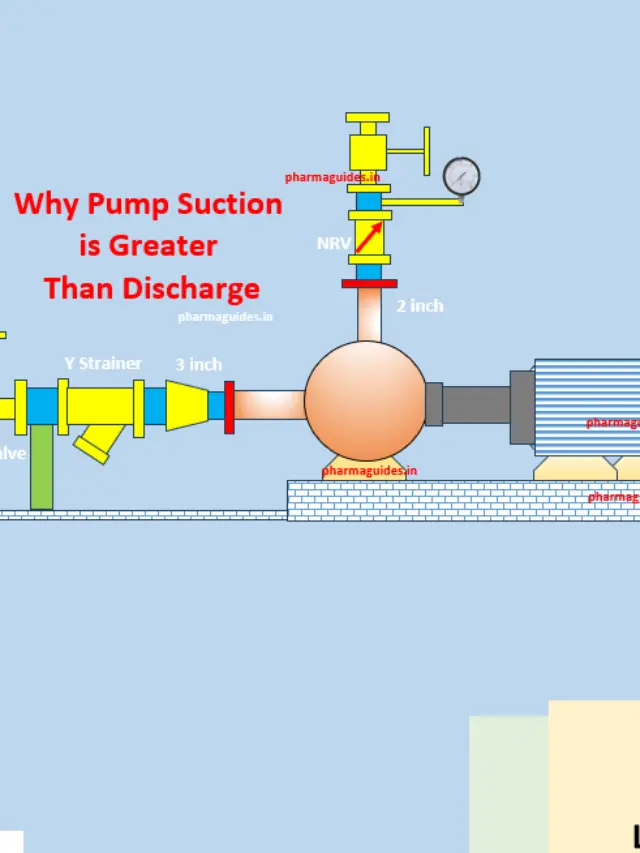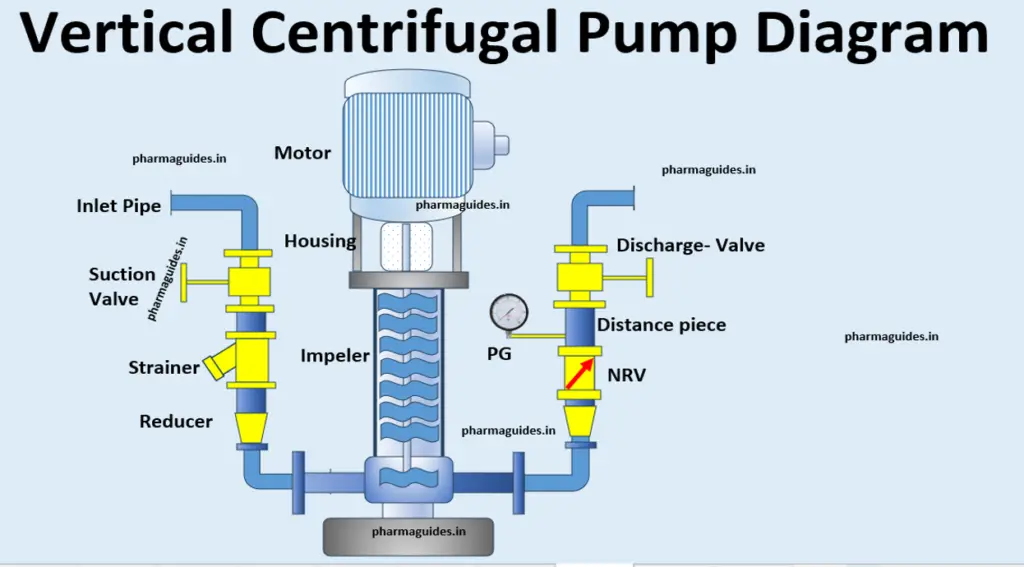Article Contents
Manual call point
Enhancing Fire Safety: The Vital Role of Manual Call Points in Fire Systems
When it comes to safeguarding lives and properties, an effective fire detection and alarm system is of paramount importance. Among the various components that constitute a comprehensive fire system, the manual call point stands out as a critical device. This article explores the significance and functionality of manual call points in fire systems, shedding light on their role in enhancing fire safety.
Model Name/Number: FDM225 Siemens EN Manual call points, For Fire Alarm System
₹ 7,000/ PieceGet Latest Price

manual call point in fire alarm system
Manual call points, also known as manual fire alarm stations or break glass units, are devices designed to initiate a fire alarm when activated manually. They serve as an essential means of alerting occupants to the presence of a fire and triggering the appropriate emergency response. In the event of a fire emergency, individuals can activate the call point by breaking the glass or pressing a button, instantly notifying the fire alarm control panel.
Key Features and Components
- Break Glass Element: A prominent feature of manual call points is the break glass element. This element is made of glass or plastic and is designed to be easily broken to activate the alarm. Breaking the glass instantly triggers the alarm system, notifying the designated authorities or emergency response teams.
- Reset Mechanism: Manual call points are equipped with a reset mechanism to restore the device to its operational state after activation. This ensures that the call point can be easily reset for subsequent use once the fire alarm system has been investigated and any potential threat has been addressed.
- Visual Indicators: Many modern manual call points incorporate visual indicators, such as LED lights, to provide immediate feedback on their status. These indicators help to confirm that the call point has been activated successfully and that the alarm system is operational.
The Role of the manual call point for fire alarm is
- Early Fire Detection: Manual call points offer an additional layer of fire detection by empowering individuals to raise the alarm promptly. By having call points strategically placed throughout a building, occupants can quickly alert others and initiate the evacuation process in the event of a fire, potentially minimizing the risk of injuries or fatalities.
- Emergency Response Activation: manual call point for fire alarm play a crucial role in activating emergency response protocols. Once a call point is triggered, it relays an alarm signal to the fire alarm control panel, which in turn alerts the designated emergency services or fire brigade. This prompt communication enables swift action to be taken, enhancing the chances of effective fire suppression and minimizing property damage.
- Aid in Evacuation Procedures: Manual call points act as vital tools for facilitating the orderly evacuation of occupants during a fire emergency. By activating the alarm system, call points help to ensure that everyone in the building is aware of the danger and can safely evacuate to designated assembly points, allowing emergency responders to focus on fire suppression and rescue operations.
- Location Identification: Manual call points are often strategically positioned in easily accessible and visible locations throughout a building. They are typically placed near exits, stairwells, corridors, and areas with higher fire risks. This positioning helps occupants quickly locate the call points, enabling swift alarm activation in the event of a fire.
Manual call points, also known as manual fire alarm stations or break glass units, come in various types, each designed to cater to specific environments and applications. Let’s explore the different types of manual call points:
- Traditional Break Glass Call Points:
Traditional break glass call points are the most common and widely used type. They feature a glass element that needs to be shattered manually by applying pressure, typically with the use of a provided hammer or other blunt object. Breaking the glass activates the alarm and triggers the emergency response. These call points are simple and straightforward to operate. - Push Button Call Points:
Push button call points, as the name suggests, are activated by pressing a button instead of breaking glass. This type of call point is often used in areas where the risk of accidental breakage is higher or where glass fragments could pose a safety hazard. They are popular in schools, hospitals, and public buildings, where a less destructive activation method is desired. - Waterproof or Weatherproof Call Points:
Waterproof or weatherproof call points are specifically designed to withstand harsh environmental conditions. They are typically used in outdoor or exposed areas where water, dust, or extreme temperatures could potentially compromise the functionality of standard call points. Waterproof call points are often found in parking lots, construction sites, or industrial settings. - Addressable Call Points:
Addressable call points are advanced versions of manual call points that are integrated into intelligent fire alarm systems. They have built-in microprocessors and unique identifiers, allowing them to communicate with the fire alarm control panel individually. These call points provide more precise information about their location and status, enhancing the overall efficiency of the fire system and facilitating quick response and troubleshooting. - Wireless Call Points:
Wireless call points offer the advantage of easy installation without the need for extensive wiring. They operate using wireless communication protocols, allowing them to be placed in locations where running wires would be impractical or costly. Wireless call points are particularly useful in retrofitting existing buildings or temporary installations. - Double Action Call Points:
Double action call points require two separate actions for activation, providing an additional layer of security against accidental or false alarms. Typically, they involve pressing a button or turning a key before the glass element can be accessed and broken. This type of call point is commonly used in high-security facilities or areas where false alarms must be minimized. - Audio-Visual Call Points:
Audio-visual call points are equipped with additional features, such as built-in sirens, sounders, or flashing lights. These call points provide both a visual and audible indication of an activated alarm, helping to quickly alert individuals in noisy or visually impaired environments. Audio-visual call points are commonly used in factories, warehouses, or areas with high ambient noise levels.
It’s important to note that the availability and specific types of manual call points may vary depending on local regulations, building codes, and fire safety standards. It’s crucial to consult with fire safety professionals or experts to determine the appropriate type and placement of manual call points for a specific building or environment to ensure compliance and optimal fire safety measures.
People also ask,
- What is a manual call point?
A manual call point, also known as a manual fire alarm station or break glass unit, is a device used in fire alarm systems to manually activate the alarm in the event of a fire or emergency. It serves as a means for individuals to raise the alarm and notify others about the presence of a fire, enabling prompt evacuation and emergency response.
- What is an MCP in a fire system?
MCP stands for Manual Call Point, which is another term used to refer to a manual call point in a fire system. An MCP is a device that occupants can operate manually to initiate the fire alarm, alerting the fire alarm control panel and triggering the necessary actions for evacuation and fire suppression.
- Where are manual call points located?
Manual call points are strategically located throughout a building in areas where they are easily accessible and visible to occupants. Common locations for manual call points include:
- Near exits and escape routes
- Along corridors and hallways
- Near stairwells
- Near high-risk areas, such as kitchens or areas with flammable materials
- In large open spaces, such as atriums or auditoriums
The exact placement of manual call points depends on building regulations, fire safety codes, and the specific needs of the facility. Fire safety experts and professionals can provide guidance on the appropriate locations for manual call points in a specific building or environment.
- How do I manually activate a call point?
To manually activate a call point, you typically have two options based on the type of call point:
- Break Glass Call Points: Locate the glass element on the call point, which is usually covered with a plastic or glass panel. Apply pressure by striking the glass with a provided hammer or a blunt object to shatter it. Breaking the glass will instantly activate the call point and trigger the fire alarm.
- Push Button Call Points: Identify the prominent button on the call point. Simply press the button firmly to activate the call point and initiate the fire alarm.
It’s important to note that manual activation should only be done in the presence of a genuine fire emergency or as part of fire drills and training exercises. False activations can cause unnecessary panic and divert emergency resources from real emergencies. Always follow the proper emergency procedures and consult local regulations and guidelines for the correct operation of manual call points in your specific area.
Conclusion
Manual call points are an indispensable component of fire detection and alarm systems, playing a crucial role in enhancing fire safety. By providing individuals with the means to manually trigger an alarm, these devices enable early fire detection, facilitate emergency response activation, aid in evacuation procedures, and help identify the location of a fire. Their presence ensures that occupants are promptly alerted to potential fire hazards, enabling them to take swift action to protect lives and minimize property damage. As technology continues to advance, manual call points are likely to evolve further, integrating additional features and improving their overall functionality, thus enhancing fire safety even more effectively in the future.
Trending Searches,
manual call point for fire alarm is located
difference between manual call point and break glass unit













